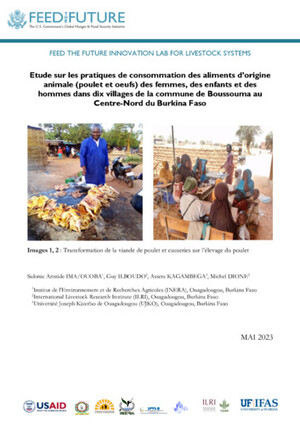
Spatial and temporal patterns of consumption of animal-source foods in Tanzania
Abstract
Animal‐source foods (ASF) are an important source of nutrients in many developing countries. However, there is limited information on the demand for ASF and the factors influencing their consumption. This study assessed spatial and temporal patterns of ASF consumption in Tanzania using data from a nationally representative household survey. Price and expenditure elasticities of ASF demand were estimated by applying a censored Quadratic Almost Ideal Demand System (QUAIDS) model. Results showed a 30% increase in weekly household expenditure on ASF from USD 3.02 in 2008 to USD 3.94 in 2014. The likelihood of a household purchasing ASF was 4.5 percentage points higher in urban compared to rural areas. With the exception of dried fish, the expenditure elasticity of ASF demand was positive and statistically significant. Expenditure and own‐price elasticities were largest for chicken and lowest for dried fish. The responsiveness of ASF demand to own‐price changes was higher in rural than urban areas in all cases. The findings imply that public policies that either raise household incomes or lower ASF prices have the potential to increase the consumption of ASF and consequently improve food and nutrition security in Tanzania. [EconLit Citations: C33, D12, Q18].
Citation
Wang, P., Tran, N., Enahoro, D.K., Chan, C.Y., Shikuku, K.M., Rich, K.M., Byrd, K. and Thilsted, S.H. 2021. Spatial and temporal patterns of consumption of animal-source foods in Tanzania. Agribusiness










